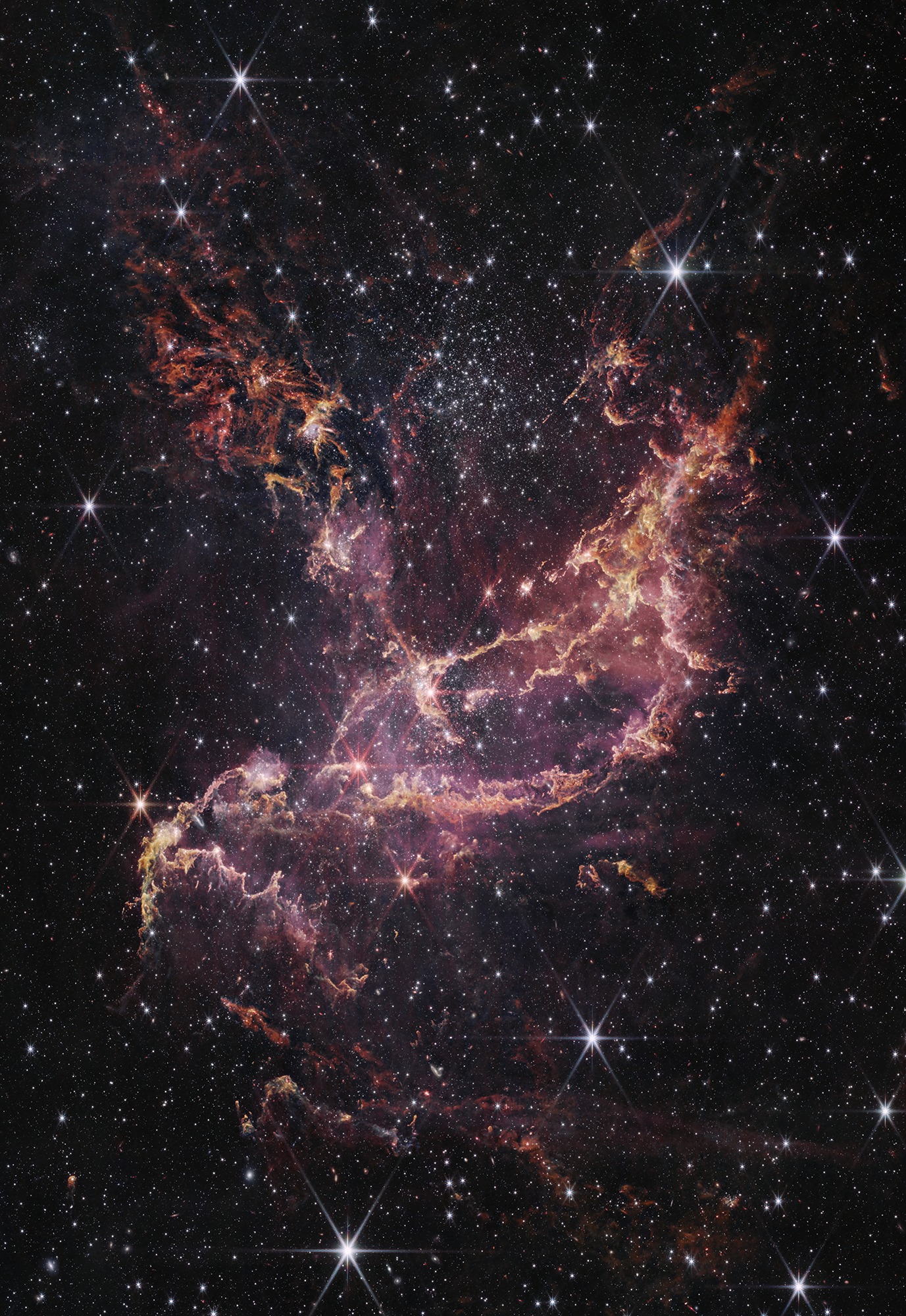
With the James Webb Space Telescope (JWST) serving as our eyes into the distant—both in time and space—universe, the stream of incredible images and mind-boggling results that NASA scientists have been able to gather in the last year has been truly astounding.
Add to the list, this piece from Sky & Telescope, which reports that new images and spectra from the telescope “suggest that the first galaxies in the universe are too many or too bright compared to what astronomers expected” before they were able to get the closer look that the Webb telescope now affords them.
In other words, astronomers expected to see fewer and dimmer (younger) galaxies when they aimed the JWST at this point in space, leading them to believe that their theories about when and how the very first galaxies formed might be very different from what actually happened all those billions of years ago.
But before we get into the nitty gritty of the report, a quick reminder on what the JWST is. The Webb telescope is an infrared telescope orbiting the sun about 1 million miles away from Earth. It features a unique primary mirror design composed of 18 hexagonal segments of mirror, according to Wikipedia.
This unique mirror design not only allows astronomers to collect more light and see further into the universe than ever before, but it also allows for easy adjustments of the telescope’s optics through 132 small actuators for extremely accurate focus.
In the case of this story, the galaxies JWST observed were as they were when the universe was between 500 million and 2 billion years old. Sky & Telescope reports that previous studies done with the Hubble Space Telescope suggested to astronomers that the galaxies they were observing were much younger due to their “chaotic” shape.
However the Webb telescope has basically acted like an ultra-powerful pair of prescription glasses for astronomers. When they pointed the Webb at these same galaxies, shapes that appeared to be smudges were now much more well-defined. And because the Webb can sense longer wavelengths, it can actually see further back in time than the Hubble.
Using the Webb, astronomers found 850 early galaxies—many more than they expected to find and in the form of disk shapes. Because disk galaxies require a fair amount of calm to form, astronomers are thinking that the universe was much more settled when these galaxies formed than previously thought.
A telescope giving us new insight into the meaning of time! Fascinating stuff. Be sure to read the full article on Sky & Telescope here.
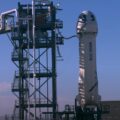
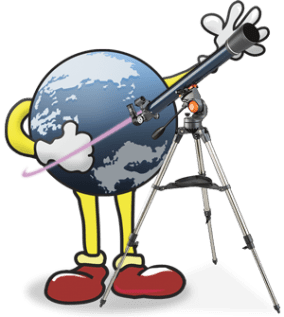
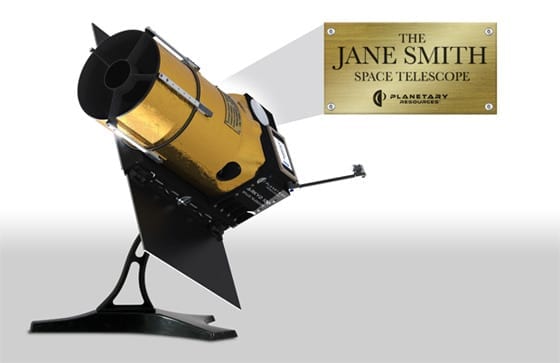
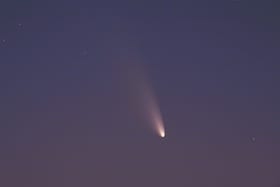

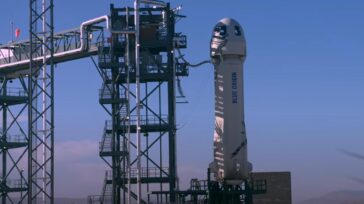
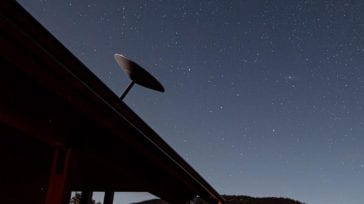
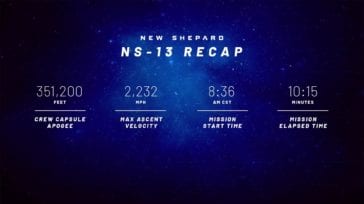


It is peculiar that secular scientists point to Cosmic Microwave Background (CMB) radiation as being proof of the big bang when the very fact that the CMB temperature is uniform everywhere presents a tremendous problem for the big bang.
So, once this is resolved, then we can talk about light travel as a valid measure of the age of the universe or any of its structures.